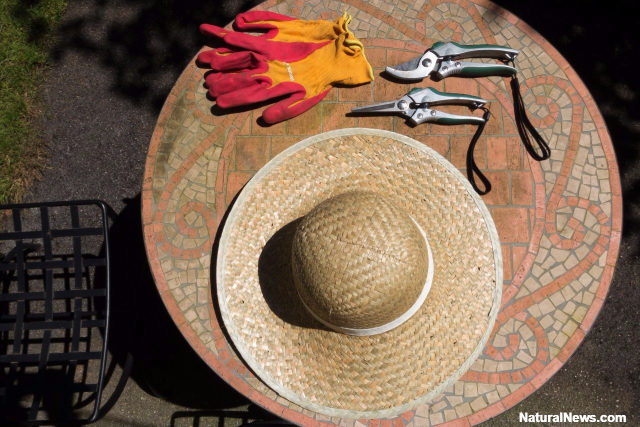Gardeners rejoice: even in the winter there are engaging tasks to be done in the garden. Pruning trees, bushes, and vines are probably the biggest winter gardening task, and for me, this is one of my all-time favorite garden jobs. Pruning is like sculpting. It takes creativity and vision, as well as a bit of know how.
For the record, I am not talking about pruning large branches from large trees. There are definitely jobs to leave to the professionals for safety reasons and tree pruning can fall into that category. Only tackle pruning that can be done safely.
Pruning may seem complicated but if you do not prune the health and appearance of your plants will suffer. This is not a job that should be ignored.
So read on to learn everything you need to know to be a pro at pruning your trees, vines, and bushes and see how easy and fun it can be.
Why Pruning Is Important
Pruning is necessary for a number of reasons. Some of the most common reason people prune their plants are ascetics, plant health, maximizing fruit yield, and for practical reasons such as clearing a walkway.
The look of a plant can be altered dramatically depending on how it is pruned. The more formal a garden space the more formal the pruning should be, but even in a less formal garden plants look much better when they are kept tidy. On the extreme end of pruning for ascetics are topiary and espalier. Both with incredible results.
Pruning is important for ensuring the health of a plant. Removing dead, diseased, and damaged branches help prevent insects and diseases from infecting the plant or spreading. Increasing airflow and sunlight around the plant reduces diseases and molds from infecting it and eliminating crossing branches prevents the bark from rubbing and causing wounds to itself. Proper pruning also removes weak branches to prevent the plant from breaking as it grows or as the weight of fruit pulls down. (1)
Pruning fruiting plants properly can be the difference between a large harvest and none at all. Each type of plants has different fruiting behavior. Some bear fruit on first-year growth (raspberries), some on second-year growth (grapes), while some bear fruit everywhere but the output reduces as the branch gets older (currents). It is also important to note that fruits grow off buds that are already existent during winter pruning. Recognizing these buds and understanding the life cycle of the plant will ensure that you are not only pruning so your plant looks nice and stays healthy, but also making sure it will bear a good crop each season. (2)
Then there are garden site-specific considerations such as walkways, driveways, electrical wires, and so on that all must be considered when pruning plants. Making sure the plants fit in the given space without interfering with the surroundings is a very important factor when deciding what to prune.
When To Prune
There are two main times when pruning is done. Winter, when the plants are dormant, and summer, after the spring growth spurt has slowed. You want to avoid pruning during the spring growth as it may cause many undesirable small branches to grow, and avoid fall pruning because it leaves the plant susceptible to the fungus that are more active during this season. (3)
The key to knowing whether you should prune your plant in the winter or the late summer is that winter pruning encourages growth, while summer pruning slows growth. Consider the eventual size and shape that you hope your plant will become and use that as a guide. (3)
How To Winter Prune
Understanding the plant you are pruning is the key to getting the results you hope for. Below are short easy to understand yet very informative videos to help you learn how to prune many common backyard plants. Each video gives an overview of how to prune for plant health, giving specifics for the given plant. The videos on fruiting plants, additionally, inform about where and when the fruit will be growing and how to take that into consideration when winter pruning.
Grapes
Blackberries
Fruit Trees
Currants
Raspberries
Rose Bush
Ornamental Trees And Bushes
Japanese maple, boxwood, hydrangeas, crape myrtles, and Cyprus are the plants specifically covered in this video. It is useful for understanding the differences that should be considered when pruning different plants and gives many general principals for pruning.
Just Do It
There is definitely a lot of knowledge that goes along with pruning but do not let this intimidate you from starting in your own garden. I have gone many years pruning with only the idea of thinning out my plants and have never had a plant die or any other disaster result. For me, the path to becoming more skilled at pruning has been a mix of trail and error and learning from others.
So get out your shears and start pruning. Plants are resilient and will give you time to learn and make mistakes.
Sources for this article include:
(1) Washington County Forestry Board: Why, When, & How to Prune Your Trees
(2) University ofCalifornia Cooperative Extension: Pruning To Improve Fruit Yeild And Quality
(3) Arbor Day Foundation: When to Prune





